Indian freedom movement: An overview
Curious mind exploring the depths of human thought, emotions, and behaviour.
“So long as you do not achieve social liberty,
B.R. Ambedkar
Whatever freedom is provided by the law to you is of no avail to you.”
India, since ancient times, is intermingled with many races and tribes. The pre-Aryans, the Indo-Aryans, the Hunas, the Turks, the Greeks, the Scythians, and others made India their home. Each ethnic group contributed to the development of Indian social, cultural, artistic, literary, linguistic, and architectural richness.
People from all over the world came and settled in India. The Persians, followed by the Iranians, immigrated to India. Alexander, the great too, came to India in the hope of conquering it but went back after a battle with the Indian prince Porus. Genghis khan launched several invasions into the Indian subcontinent during Iltutmish’s rule. Hiuen Tsang from China came to India to gain knowledge of Buddhism and collect the wisdom of the religious texts.
In the 15th and 16th centuries, Europeans wanted to come to India to establish direct trade relations with the country. The French, the Dutch, and the British came to India to trade their country’s goods with Indian spices and other products. The British East India Company and subsequently the British Crown ruled over this country for almost 200 years. After the battle of Plassey in 1757 and the Battle of Buxar in 1764, the British gradually transformed to become a major political power.
The Great Revolt of 1857
After also one century of British rule, the revolt broke out in Northern and Central India in 1857 against the colonial power. Millions of peasants, artisans, soldiers fought heroically for a year and sowed the seeds of nationalism in India. However, the feeling of nationalism existed for a long time in Indian people, probably in a more dormant manner. Perhaps the most important cause of the discontentment was the economic exploitation by the British and the complete destruction of its traditional economic fabric, which led peasants as well as zamindars to revolt against the company. The application of the ‘doctrine of lapse’ by Lord Dalhousie aggravated the grievances of the native rulers of many princely states towards the British. In the British Army, Indian Sepoys were given a low salary and negligible chances of promotion. The revolt of 1857, though, may not have yielded proper results, but it shook the foundations of British rule in India. After the revolt, the control of Indian administration went directly into the hands of the British crown from the East India Company, by the Queens’ Proclamation of November 1, 1858. The proclamation disclaimed any extension of territory, promised religious tolerance, guaranteed the rights of Indian princes, and assured equal treatment to her subjects, Indians and Europeans.
Social and Religious Reforms after 1858
The growth of nationalism, the impact of modern westernised ideas and culture, and increased awareness of the world elevated the consciousness of the hitherto unaware sections of the Indian society. The spread of liberal thoughts of the west strengthened the idea to resolve the problems existing in society and led to the emergence of reform movements. The Indian masses realized that social and religious reformation was an essential condition for the overall development of the country on modern lines. Social reformers like Raja Ram Mohan Roy, Swami Vivekanand, Swami Dayanand Saraswati, Sayyid Ahmed Khan, Muhammad Iqbal played a crucial role in the social and cultural awakening in India. While trying to remain true to the foundations of their religions, they remodeled them to cater to the evolving needs of the Indian people.
Indian National Congress
Allan Octavian Hume, a retired English civil servant, took the initiative to form an all-India organization. There is a theory that Hume formed the Congress with the idea that it would be a ‘safety valve’ for releasing the growing dissatisfaction of the Indians. Lala Lajpat Rai and O.P. Dutt believed that Congress was formed to suppress the popular uprising in India. Although, a section of modern Indian historians disagree with the theory of ‘safety valve.’ In their opinion, the Indian National Congress represented the urge of the politically conscious Indians to set up a national body to express the political and economic demands of the Indians. The Indian National Congress gave the rising political class a national platform from which the process of creating a modern India was initiated. Indian National Congress from the start was a pan India secular movement embracing every section of Indian society. A section of Congress leaders were called ‘moderates’ because they adopted peaceful and constitutional means to achieve their demands. The moderates had faith in British justice and goodwill. The period from 1905-1916 was known as the era of ‘extremism’ in the Indian National Congress. This was led by the radical leaders whose main objective was to attain Swaraj or complete independence and not just self-government. The extremists used to perform means of non-cooperation with the British government by boycotting government courts, schools, and colleges, promotion of swadeshi, and boycott of foreign goods.
National Movement (1905-1918)
The partition of Bengal in 1905 provided a spark for the rise of freedom movements in India. On the same day, when the partition of Bengal came into effect, October 16, 1905, the people of Bengal organized protest meetings, and nation-wide mourning was held. The political scenario of Bengal was completely changed after the partition. Gandhi wrote that the real awakening in India took place only after the Bengal partition.
In the Calcutta session of Congress, the extremists adopted the resolutions of Boycott, Swadeshi, and Swaraj. The swadeshi movement involved boycotting government services, courts, schools, colleges, foreign goods, and the promotion of national education through the establishment of swadeshi schools and colleges. It was both a political and economic movement. The moderate congressmen were dissatisfied; they wanted swaraj, but through peaceful and constitutional means. The difference led to a split in the Congress at the Surat session in 1907.
On December 30 1906, the All India Muslim League was formed to look after the Muslim interests. After its formation, the Muslim League achieved the separate electorates for the Muslims in the Minto-Morley reforms. In June 1914, the first World War broke out between Great Britain, France, Russia, and Japan on one side (joined later by Italy and USA), and Germany, Austria-Hungary, and Turkey on the other. The war led to increased misery among the poorer classes of Indians. Prices of daily necessary products and taxes were increased. During the Lucknow Pact of 1916, two major events occurred. Dissatisfied with the ineffectiveness of the Indian National Congress, two Home Rule Leagues were started in 1915-16, one under the leadership of Lokmanya Tilak and the other under the leadership of Annie Besant and S. Subramaniya Iyer. Indian revolutionaries in the USA and Canada had established the Ghadar party in 1913, and the Ghadar movement in Punjab intensified. There were mutinies in the Indian army.
During the Lucknow Pact of 1916, two major events occurred. The divided Congress became united, and the Muslim League and Congress came together against the British government. Thus, achieving Hindu-Muslim unity.
1919-1947
The third and final phase of the nationalist movement is known as the Gandhian era. Mahatma Gandhi became the undisputed leader of the freedom movement. Gandhi made the nationalist movement a mass movement. His principles of non-violence and Satyagraha were employed against the British government.
Mohandas Karamchand Gandhi was born on October 2, 1869, at Porbandar in Gujarat. After getting his education in Law from Britain, he went to South Africa to practice law, where he fought against the Apartheid (Racial discrimination against the Black) for twenty years. He came to India in 1915 and involved himself in the Indian National Movement.
In March 1919, the Rowlatt Act was passed by the Central Legislative Council. As per the Act, any person could be arrested on the basis of suspicion. No appeal or petition could be filed against such arrests. The act was widely opposed. A hartal was called on April 6, and a Satyagraha league was formed for the purpose.
The Jallianwala Bagh Massacre took place on April 13, 1919, and it remained the turning point in the history of the Indian National Movement. General Dyer fired on the crowd held on the occasion of Baisakhi (harvest festival), killing 379 people and leaving 1200 wounded. After this incident, the whole of Punjab was grieving and revolted against the British brutality. A mass upsurge began to develop in the entire country as soon as the news of this incident spread. People repeatedly clashed with the police and the military.
A new direction came into the nationalist movement with the Khilafat Movement headed by the Ali Brothers. The Muslims in India were upset over the British attitude against the Caliphate of Turkey and launched the Khilafat Movement. Mahatma Gandhi was particularly interested in bringing the Hindus and Muslims together to achieve the country’s independence. Subsequently, the Khilafat Movement merged with the Non-Cooperation Movement launched by Mahatma Gandhi in 1920.
The Non-Cooperation Movement was approved by the Indian National Congress at the Nagpur session in December 1920. The movement included the surrender of titles and honorary positions, resignations of membership from local government bodies, a boycott of government occasions, a boycott of government schools, colleges, a boycott of foreign goods, and popularizing swadeshi goods. The movement was called off abruptly on February 11, 1922, by Gandhi as a result of the Chauri Chaura incident in Gorakhpur district of Uttar Pradesh. On February 5, an angry mob set fire to the police station at Chauri Chaura, and twenty-two policemen were burnt to death. Mahatma Gandhi was arrested on March 10, 1922. The Non-Cooperation movement played a significant role in the freedom movement as it was the real mass movement with the participation of different sections of Indian society such as peasants, workers, students, teachers, and women. It witnessed the spread of nationalism to the remote corners of India. It also heightened the Hindu-Muslim unity as a result of the merger of the Khilafat movement.
After the split in Congress due to the suspension of the Non-Cooperation movement, leaders like Motilal Nehru and Chittaranjan Das formed a separate group within the Congress as the Swaraj party on January 1, 1923.
Mahatma Gandhi started his famous Civil Disobedience Movement. He marched along with 79 followers from Sabarmati Ashram on March 20, 1930, to the small village of Dandi to break the salt law. It is also known as ‘Dandi March’ or the ‘salt satyagraha.’ The movement became so powerful that it sparked off patriotism even among the Indian soldiers in the British Army.
Gandhi was arrested on May 5, 1930. The protest of people over the arrest was widespread. Soon the British started mass arrests, lathi charge, firing. Around 1,00,000 people went to jail. The British government adopted the strategy of talking to different political parties by convening the Round Table Conference was held in November 1931 at London, and it was boycotted by the Congress. In March 1931, the Gandhi-Irwin pact was signed, which led Gandhi to call off the Civil Disobedience Movement. The Second Round Table Conference was held in London in September 1931. Mahatma Gandhi participated in it but returned to India disappointed as no agreement could be reached regarding complete Independence. In January 1932, the Civil Disobedience movement was resumed. The government responded to it by arresting Mahatma Gandhi and Sardar Patel.
The All India Congress Committee met at Bombay on August 8, 1942, and passed the famous Quit India Movement. Gandhi gave his call of ‘Do or Die.’ On 8th and 9th August, the government arrested all the prominent leaders of the Congress. The Quit India Movement was the final attempt for the country’s freedom. It aroused the feeling of bravery, enthusiasm, and great sacrifices.
On February 24 March 1947, Lord Mountbatten became the Viceroy of India. Lord Mountbatten put forth the plan of partition of India on June 3, 1947. The Congress and the Muslim League ultimately approved the Mountbatten plan. The British government accorded formal approval to the Mountbatten Plan by enacting the Indian Independence Act on July 18, 1947. The act included the partition of the country into India, and Pakistan would come into effect from August 15, 1947. The act provided for the transfer of power to the Constituent Assemblies of the two dominions, which will have full authority to frame their respective constitutions. The Radcliffe Boundary Commission drew the boundary line separating India and Pakistan. On August 15, 1947, India, and on August 14, 1947, Pakistan came into existence as two independent nations.
Featured Image Credits: Flickr


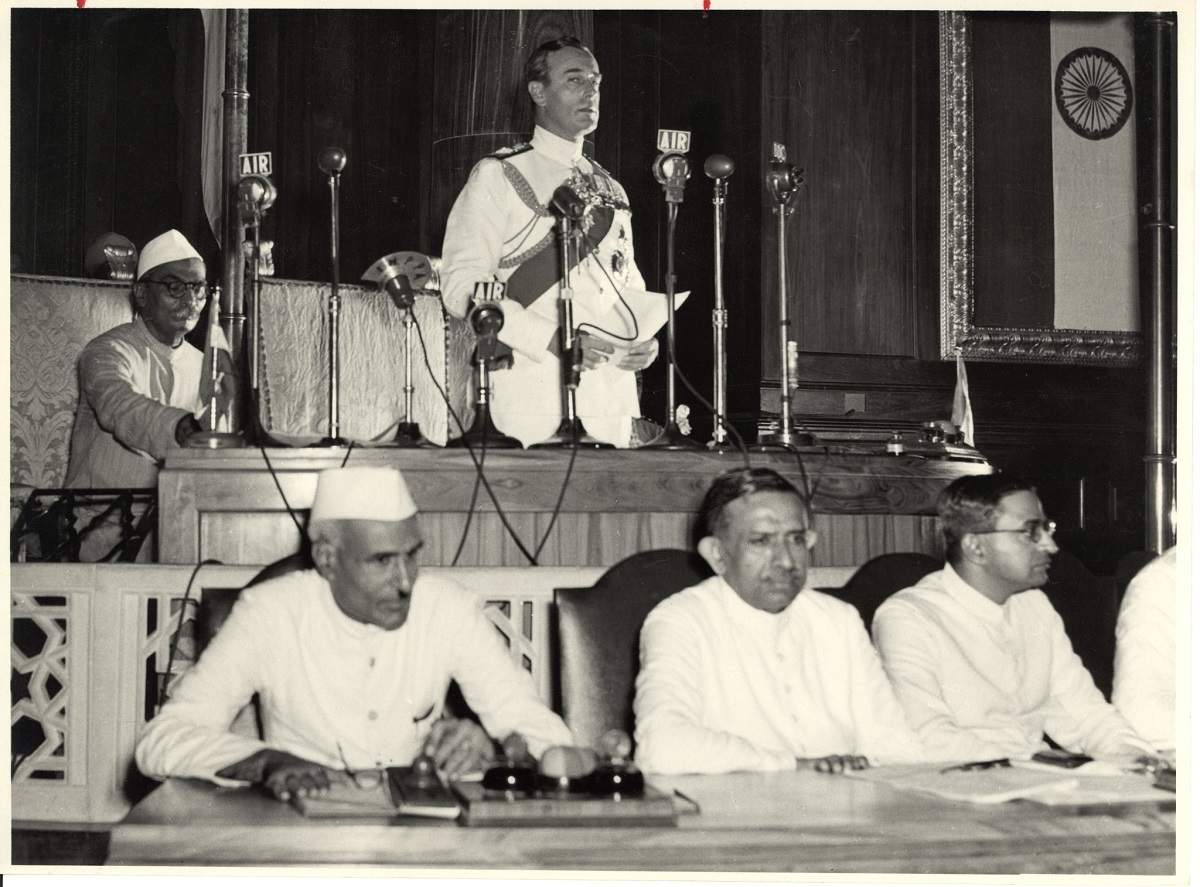
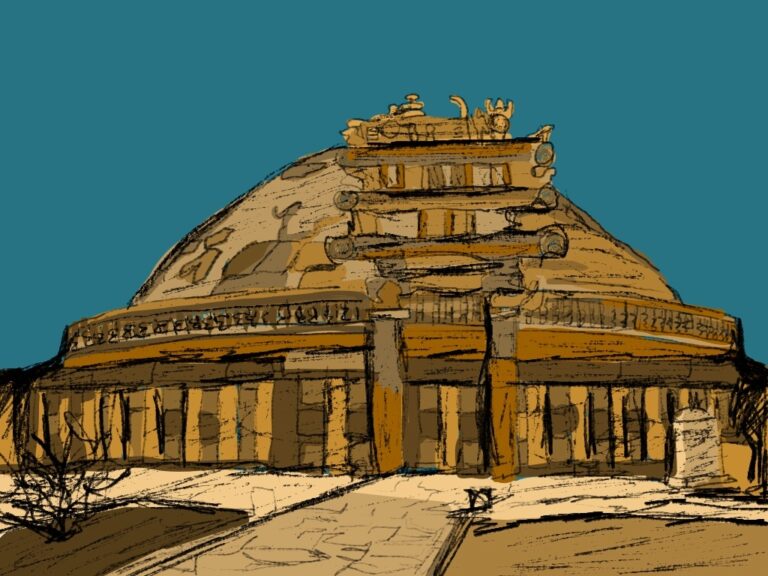
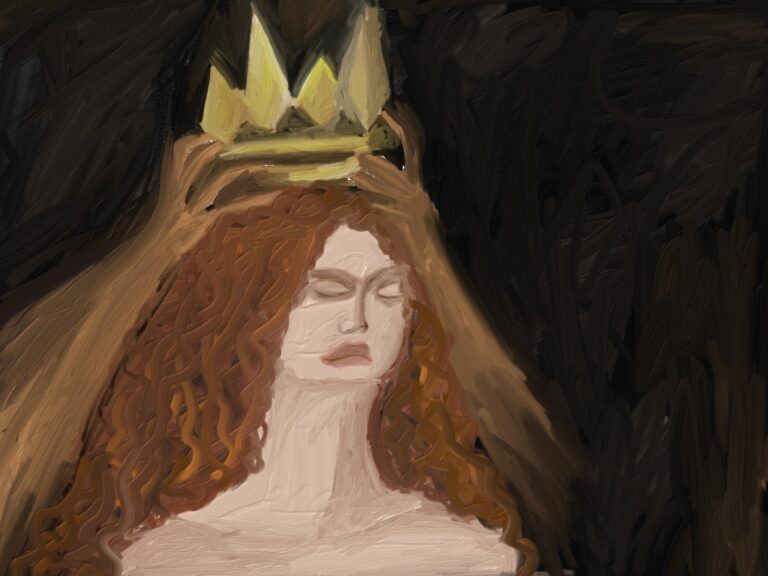
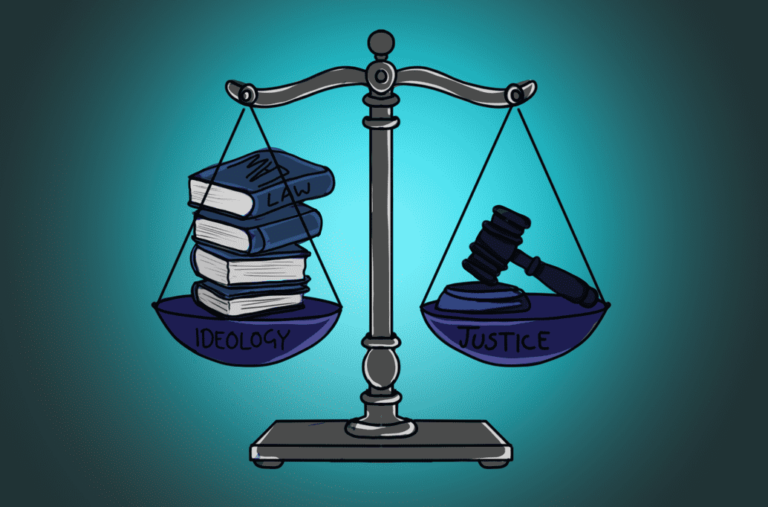
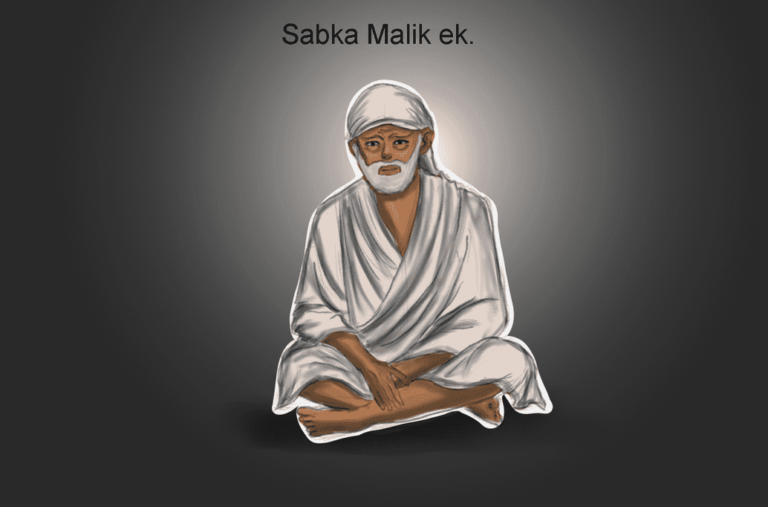
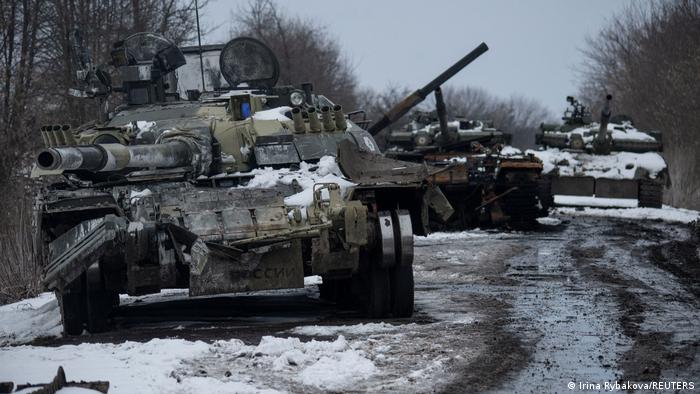
It is good Article by Nidhi Priya.
The photo graph ‘Caption’ is not given. I would like to use it in my book presuming it is copyright free,